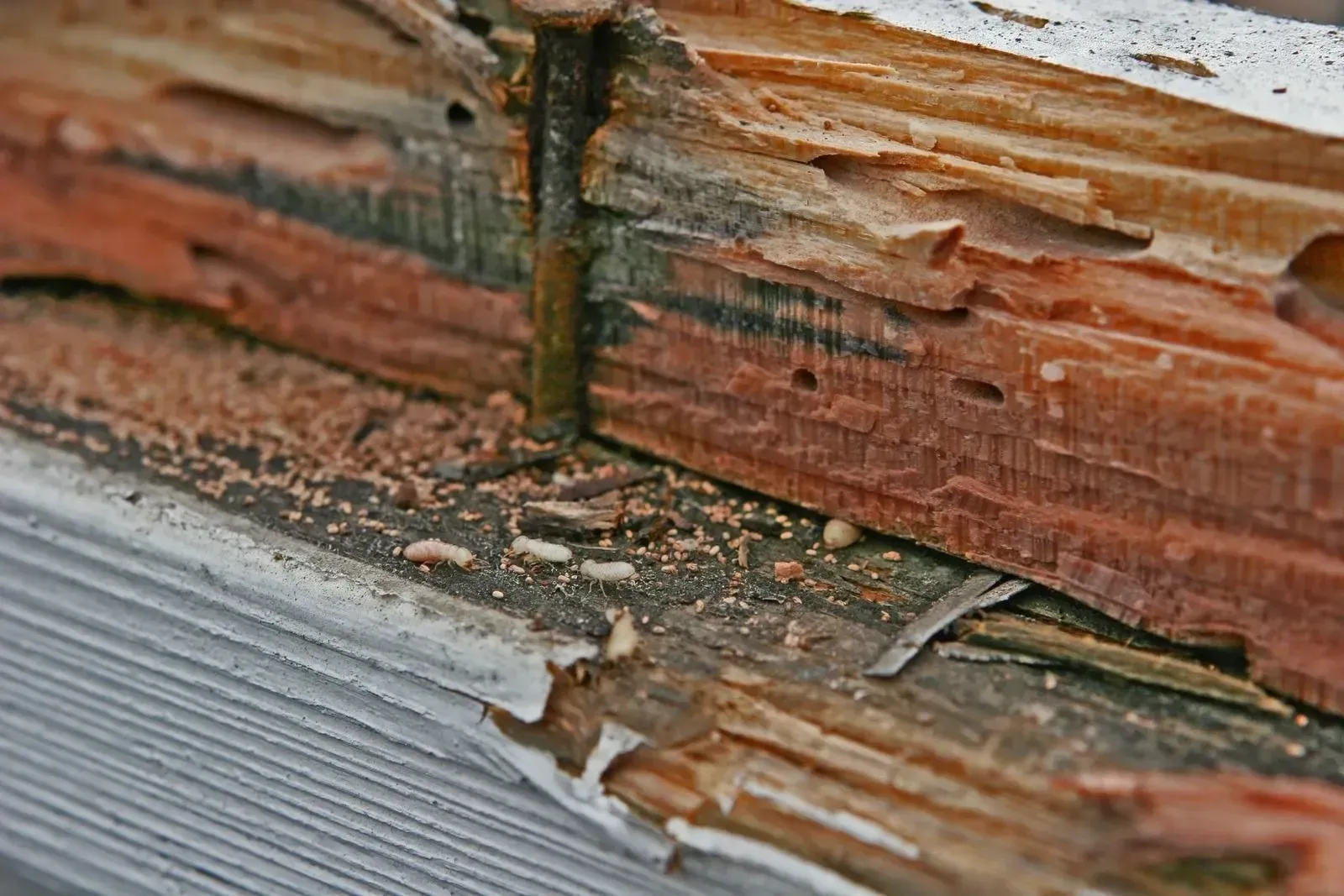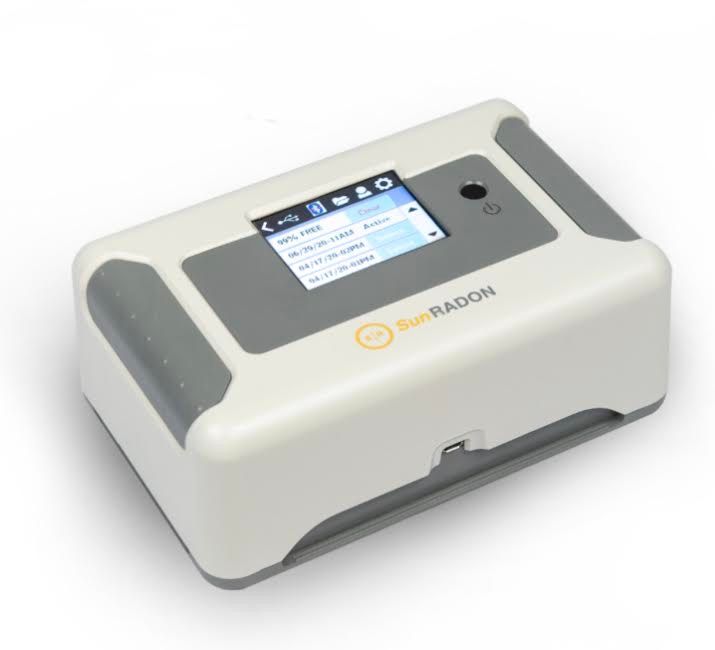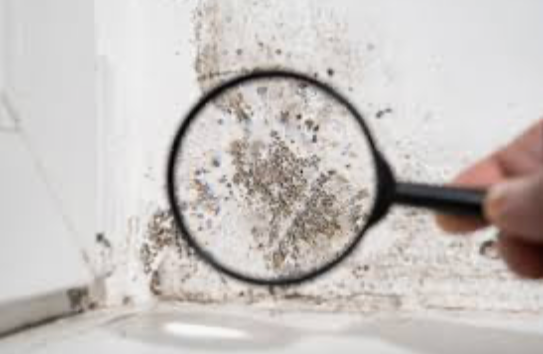Understanding Radon Exposure: Risks, Testing, and Prevention
Radon is a silent but serious threat that homeowners should not ignore. As a naturally occurring radioactive gas, radon is colorless, odorless, and tasteless, making it difficult to detect without proper testing. It forms from the breakdown of uranium in soil, rock, and water and can seep into homes through cracks in the foundation, walls, or floors. Long-term exposure to high levels of radon is the second leading cause of lung cancer in the United States, making it a significant health risk. Understanding radon exposure, the importance of testing, and effective prevention measures can help homeowners ensure a safer living environment for their families.
1. Health Risks of Radon Exposure
Radon exposure is a major public health concern due to its connection to lung cancer. When radon gas is inhaled, radioactive particles become trapped in the lungs, leading to cellular damage over time. The risk of lung cancer from radon exposure increases with prolonged exposure and higher radon levels. Smokers face an even greater risk, as tobacco use combined with radon significantly amplifies the potential for lung cancer. Since radon has no immediate symptoms, it often goes undetected until health complications arise. The best way to protect against radon-related illnesses is through regular testing and proper mitigation.
2. How Radon Testing Works
Because radon is invisible and odorless, testing is the only way to determine its presence in a home. There are two main types of radon testing: short-term and long-term. Short-term tests, which last between 2 and 90 days, provide a quick assessment of radon levels. Long-term tests, which last over 90 days, offer a more accurate average reading, accounting for seasonal fluctuations. Professional home inspectors use specialized devices to measure radon concentration and provide homeowners with reliable results. If radon levels exceed the recommended threshold of 4.0 pCi/L (picocuries per liter), mitigation measures should be implemented immediately.
3. Common Sources of Radon in Homes
Radon enters homes through various pathways, primarily from the ground beneath the structure. It seeps through foundation cracks, gaps around pipes, sump pumps, and crawl spaces. Homes with poor ventilation and those built on soil with high uranium content are particularly susceptible. Additionally, well water can carry radon into a home when used for drinking, cooking, or bathing. Understanding these common entry points allows homeowners to take preventive action and reduce radon infiltration. Regular inspections of basements, crawl spaces, and plumbing systems can help identify vulnerabilities before radon levels become hazardous.
4. Effective Radon Mitigation and Prevention
Once elevated radon levels are detected, homeowners should take immediate steps to reduce exposure. Radon mitigation systems, such as sub-slab depressurization, are highly effective in redirecting radon gas away from the home. This system uses a vent pipe and fan to draw radon from beneath the foundation and release it outdoors. Sealing foundation cracks and improving ventilation in basements and crawl spaces also help reduce radon levels. Regular retesting ensures that mitigation efforts are successful in keeping radon concentrations below the recommended safety levels. Proactively addressing radon risks not only protects health but also adds value to a home.
By understanding the risks, sources, and prevention methods, homeowners can take proactive steps to protect their families.
Professional radon inspections provide peace of mind and ensure that homes meet safety standards. J&J Home Inspections LLC
offers comprehensive home inspection services, including radon testing, in Cartersville, Georgia. With several
years of experience, we help homeowners identify and mitigate radon risks, ensuring a safer living environment. Our professional inspections provide accurate results and expert recommendations for maintaining a radon-free home. Trust us for thorough and reliable home inspections.








